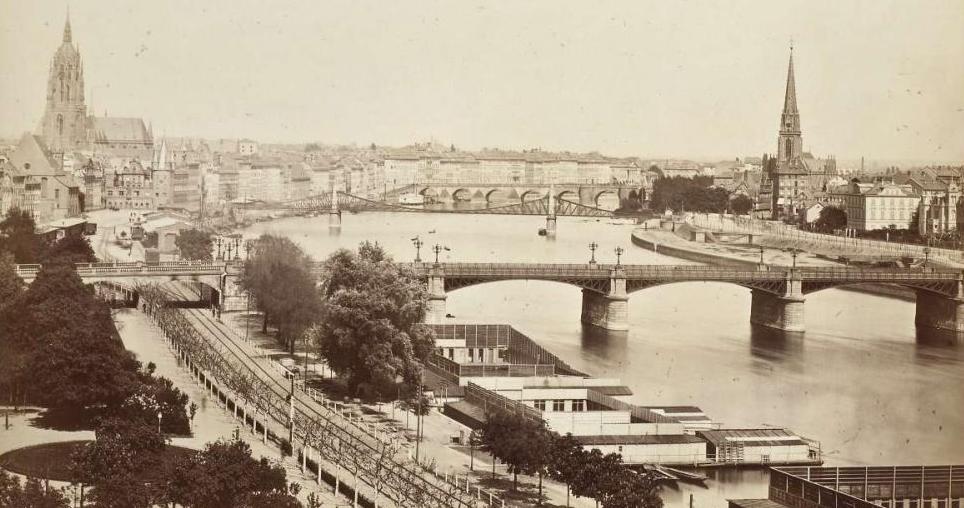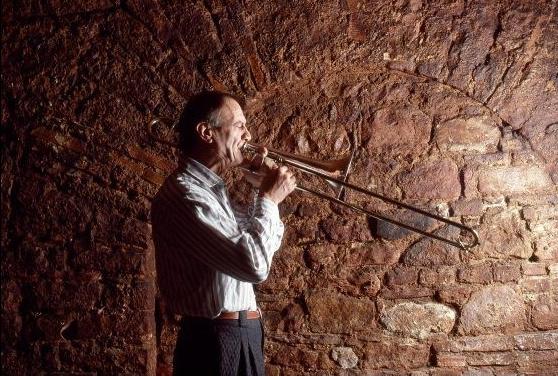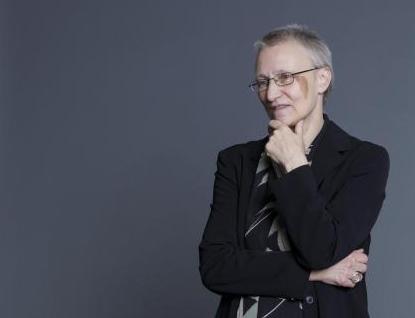
Collection – Photography
The collection contains individual works, series and photo albums by professional photographers and photo studios, as well as by amateurs and snapshot photographers. High-quality artists’ proofs stand next to documentary photographs and private photos. The genesis of the collection reveals not only the landmarks of photographic history, but also the development of medial history through to the 21st century. Since the museum was founded in 1878, photographs have been given the same status as drawings and art prints; integrated into the graphic collection, they serve as documentation of the city’s history and identity. This new medium from 1839 has proved to be an excellent way of visually capturing the accelerated change processes occurring in the city’s topography and the historic events since the mid-19th century.
Today, the inventory of photographers comprises more than 600 names, including – for the first half of the 20th century – 800 glass negatives by Carl Abts and works from the studio of Paul Wolff & Tritschler, which document the Frankfurt Old Town in a special way. The modernity of the New Frankfurt is represented by works from Hermann Collischonn, Grete Leistikow, Martha Hoepffner and Ilse Bing. The political confrontation shortly before the National Socialist dictatorship shows a series of photographs by photographer Gisèle Freund depicting demonstrations on Labour Day.
Since the museum was reopened in 1972, large omnibus volumes which are still being developed have arrived as part of various exhibition and collection projects. These include the photograph estate of Friedrich Lauffer and Max Göllner, the stereonegative collection of Wilhelm Straub and the archive of National Socialist photo journalist Otto Emmel.
The photo documentation of the protest culture and new social movements in Frankfurt also meant that a new theme could be established, depicting the actions of the student, trainee and youth centre movement and urban warfare in Frankfurt, as well as the Occupy camp and the Blockupy demonstrations. The activities of the women’s movement are represented by recordings from the estate of photographer Gerda Jäger.
The exhibition projects of the “Migration Gallery” enriched the collection from 2005 to 2011 with photographic portraits of Italian-born Frankfurters by Gunter Klötzer and with three black-and-white series by Heiko Arendt on migration themes in the city.

Two new donations represent this development: the selection of 1,700 black-and-white photographs and slides from international Swedish photographer Calle Hesslefors is presented. From the 1960s to the end of the 1990s, he reported about political and cultural topics from Frankfurt, the U.S. Army, the jazz scene and developed two illustrated books about the rhythm of life in Frankfurt together with the city’s press office.
The estate of police chief constable and photographer Fred Prase, with its social studies of the Frankfurt Bahnhofsviertel, is only now being viewed and inventoried. His pictures of this district near a railway station – his precinct – tell stories from the 1980s about victims and perpetrators, about the everyday lives of prostitutes, drug addicts and the homeless, about the living spaces of immigrants and the work of the police, all with deep sympathy.
Photography literature(28 kb, pdf)


